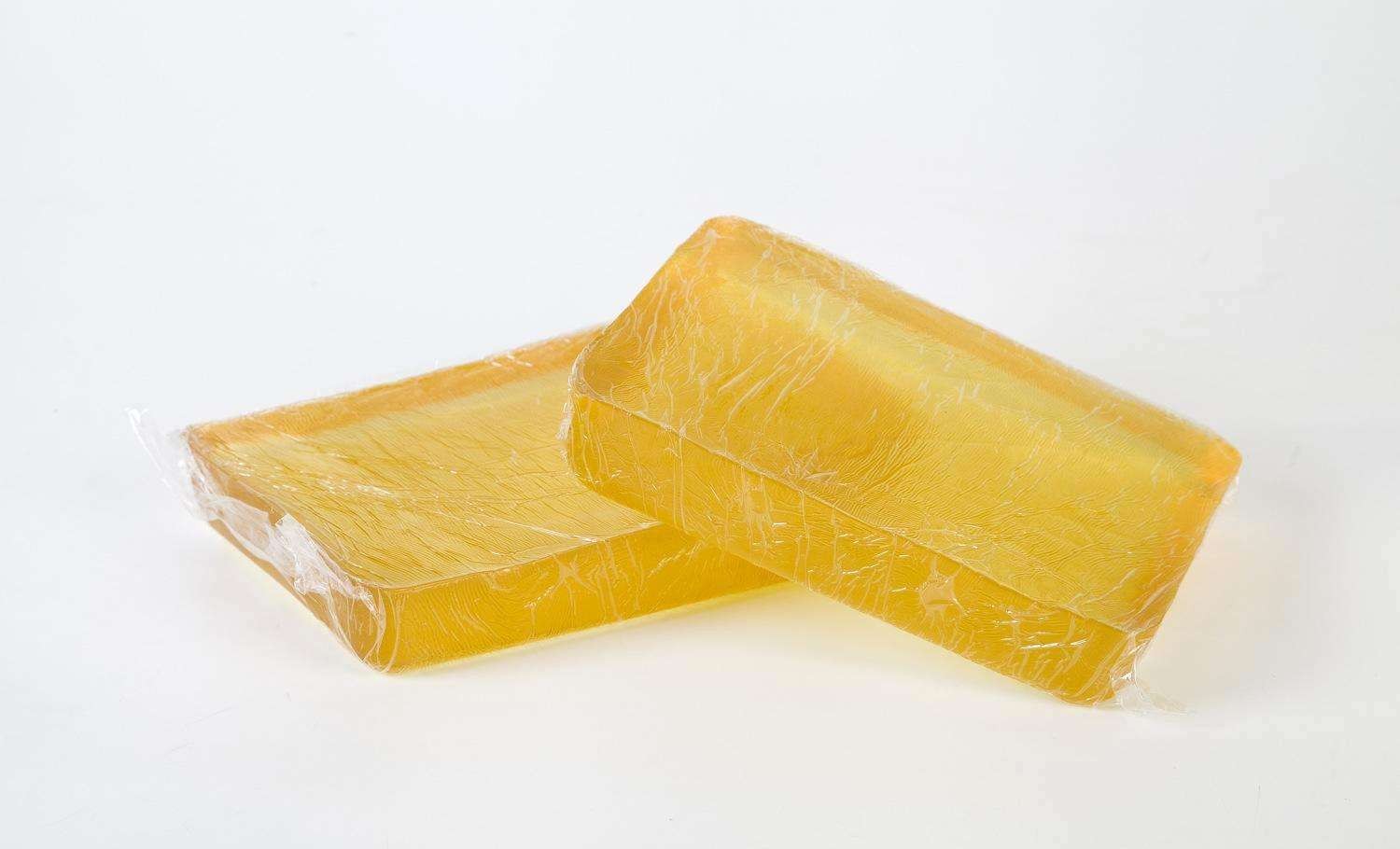Odor has been paid more and more attention in the sanitary products industry. Raw materials of sanitary products include nonwovens, PE film, super absorbent resin (SAP), fluff pulp, etc. After testing and scoring the odor of these materials, it is found that hot melt glue is not the top three in the odor contribution of sanitary products. This paper discusses how to improve the odor of sanitary products from hot melt glue.
The research literature on odor shows that there are hundreds of odor sensors (OR) in people's nose, which have different perception thresholds for different odor substances in the air. For example, toluene is 2.14ppm, while H2S requires only 4.7pb. In the hot melt glue used in the sanitary products industry, the chemicals that can produce odor and make people feel are mainly styrene, methyl styrene, branched molecules, cyclohexane and other solvent substances. So what ingredients in the formula provide these odor molecules? As we know, its typical glue formula mainly includes polymer, tackifying resin, refined mineral oil and additives. From the analysis of chemical composition and molecular structure of these components, it can be understood that the odor mainly comes from polymers and tackifying resins. While polymers mainly include sis, SBS, SEBS, Poe, etc., tackifying resins mainly include natural rosin resin and synthetic petroleum resin. Through experiments, we found that:
(1) Odor difference of polymers: the odor of SBS is generally lower than that of SIS; Among the polymers, polyolefin has the lowest odor.
(2) Resin odor difference: rosin resin has the largest odor, which is close to non hydrogenated petroleum resin. The odor of both is greater than that of partially hydrogenated petroleum resin. All hydrogenated petroleum resin has the least odor. The higher the degree of hydrogenation, the smaller the odor.
(3) Effect of application temperature on odor: the application temperature of PSA also affects odor. Heating the same glue to different temperatures and heating times, we can learn that the higher the temperature, the greater the smell. As time goes on, the smell will become worse and worse. Therefore, we can conclude that thermal degradation is related to odor, and low temperature application means low odor.
Through the above analysis and Research on odor, we have found the methods to reduce and improve odor. That is to say, we can select low odor polymers and tackifying resins to obtain low odor adhesives, and then further select special polymers to reduce viscosity, application temperature and odor. Low temperature application is also its future development trend.

In addition to reducing its own smell, we can also start from another angle, that is, to provide end consumers with solutions to reduce the smell of "use scenarios". When the elderly use diapers, if the hot melt glue inside can actively absorb the odor, the elderly will not feel embarrassed because of the odor, which can also solve the problems of nursing staff.

In a word, the traditional solution is to reduce the odor by selecting the raw materials of hot melt glue and reducing the odor through the low-temperature application of low-temperature adhesive. At the same time, we can also change a new idea and provide another solution for customers from the terminal, such as adding the absorption function of PSA to improve the odor of consumer use scenarios.
Comment(0)
You can comment after
SIGN IN